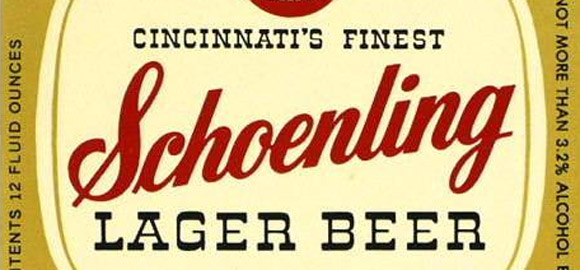
The Schoenling Brewing Company opened its doors in 1934 in Cincinnati – a city that thrived on local beer and the industry that built this city. It was family-owned, and it quickly grew as folks around town found a staple spot for it as ‘their beer’ in a city with several competing local brands.
While they might have maintained a relatively low profile amongst their peers for a while, Schoenling certainly created a bit of a shake-up when they introduced their ‘Little Kings’ cream ale in 1958 (a story within itself). It helped the brewery grow to sizes that would rival the biggest breweries we have in town here in the “modern era”.
In the ’70s and ’80s the story of regional breweries like Schoenling quickly became that of consolidations and mergers. Cincinnati tried it’s hardest to remain insulated from this. The city’s breweries put up a fight, but one by one they were forced into submission until finally with their merger with Hudepohl in December of 1986 – Schoenling was the last remaining Cincinnati brewery.
While the story of Schoenling continues as Hudepohl/Schoenling – it most certainly doesn’t end. The brand (mainly Little Kings) lives on today – and the legacy is one that I hope no modern craft drinkers forget about.
Timeline
- 1934 – The Brewery opens on Good Friday, then called the Schoenling Brewing and Malting Company
- 1935 – In their first year Schoenling sells a respectable 17,065 bbls of beer.
- 1937 – The name of the brewery is officially changed to The Schoenling Brewing Company
- 1947 – Schoenling breaks the 100,000 bbl mark, selling 103,837 bbls of beer.
- 1958 – Little Kings is introduced
- 1986 – Schoenling’s light beer is introduced to try to compete with “big beer”
- 1986 – The brewery merges with Hudepohl, Hudepohl/Schoenling is born.
